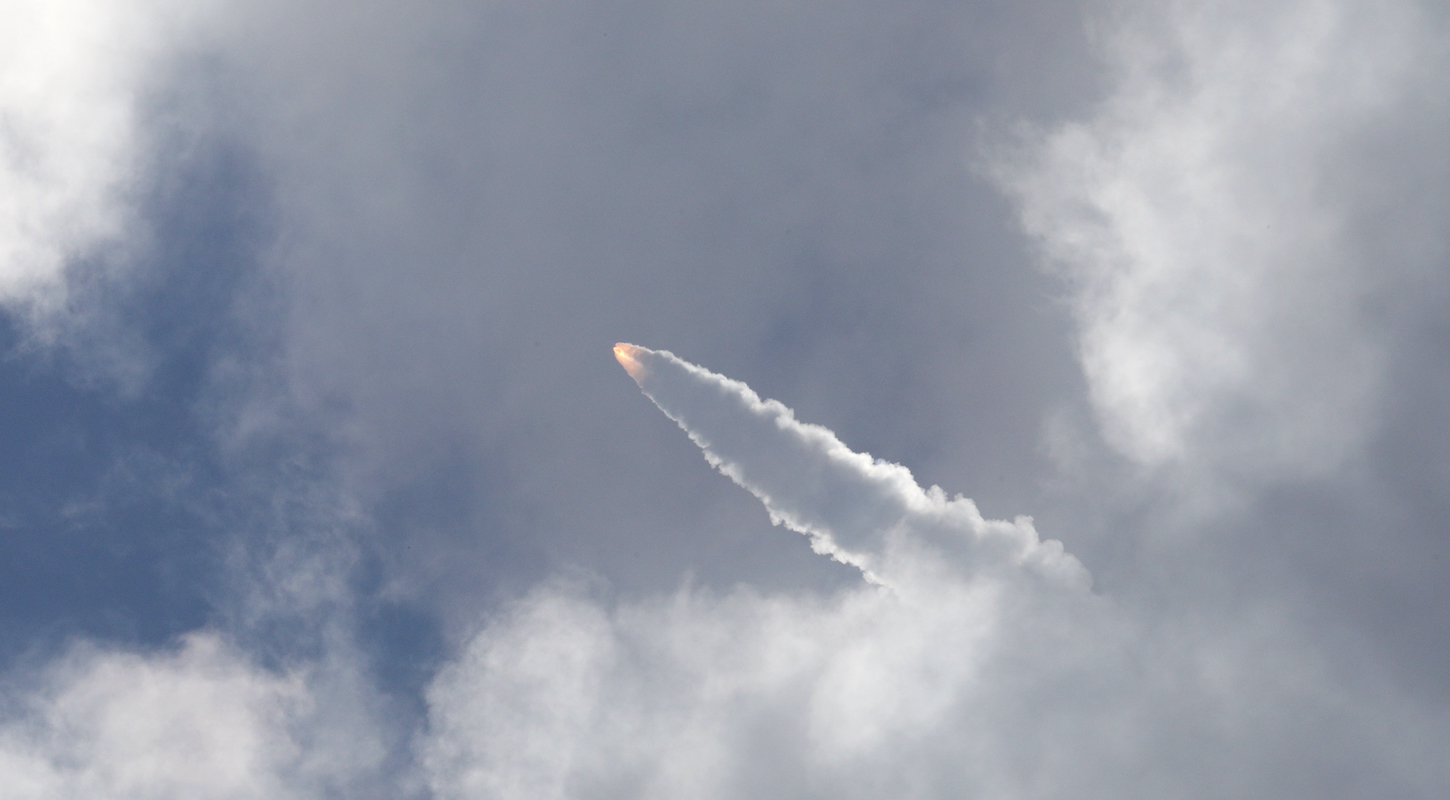Suni Williams and Barry Wilmore, the NASA astronauts whose eight-day June jaunt to space is now on Day 82 due to problems with their Boeing Starliner spacecraft—and, ugh, their own fussy entitled preference for not being incinerated—will attempt a return to Earth in 2025 aboard a SpaceX capsule. I hope to hell somebody has been feeding their cats.
Here is a funny bit from the New York Times story about the change of plans:
Norman Knight, NASA’s flight operations director, said he had talked to Ms. Williams and Mr. Wilmore, and that they backed the extended stay in orbit, which officials have resisted describing as a stranding.
“They support the agency’s decision fully, and they’re ready to continue this mission onboard I.S.S.,” Mr. Knight said.
New York Times
Offering the astronauts' eager agreement with the altered reentry plan as somehow an endorsement of the mission's direction, as NASA seems to be doing, is incredible. Wow, amazing, the astronauts fully support the decision to avert their fiery deaths aboard the janky, malfunctioning commercial spacecraft they've spent the past two months trying to repair. No shit.
If Williams and Wilmore were known to be pissed off about the plan to make them wait until 2025 to come home, that might at least support a narrative that NASA leadership are acting on the famously overabundant caution of serious engineers—that the Starliner is, or might be, safe for use, and the daring space jockeys would be happy to rodeo that sucker on down, but the responsible professionals atop the mission simply will not brook even the tiniest danger to those in their command. That'd be the story to tell.
Instead, NASA is stuck with the worst possible ordering of this stuff:
[Two NASA honchos] conceded that Boeing engineers and officials had disagreed about the risk. Boeing thought it had demonstrated that Starliner was safe enough for Ms. Williams and Mr. Wilmore to return home on.
NYT
The safely earthbound Boeing engineers who built this rickety shit-wad are OK with the astronauts risking their lives aboard the Starliner. The astronauts themselves—the only people who've ridden up to space in this thing, who've been troubleshooting it in person for months, and whose safety these decisions put at stake—fully support the decision to spend five more unplanned months in orbit waiting to hitch a ride home in a whole different vehicle. That is about as damningly as Boeing can be portrayed by this affair, shy of Wilmore and Williams trusting its corporate judgment, dropping out of orbit in the Starliner, and screaming "You did this to us, Boeing!!!" into their radios as they're flambéed to death in the upper atmosphere.
As the Times reports, the Starliner is now scheduled to depart the International Space Station next month with nobody aboard. It will de-orbit and make an unmanned reentry. I don't guess anyone in the world will watch that more closely than the astronauts who rode Boeing's lemon up into space back in June. The uncertainty that prevents Williams and Wilmore from riding home on the Starliner concerns a set of thrusters that malfunctioned during the ride up to orbit and which haven't been sufficiently troubleshot to ensure they'll work properly on the way down.
During reentry, these thrusters are used to adjust the craft's attitude along its flight path. Like all reentry vehicles, the Starliner is designed to make its way out of orbit just so. As it plunges into the upper atmosphere at supersonic speed, it compresses the air in front of it, creating a furnace of plasma heated to thousands of degrees that would simply incinerate the vehicle if not for the heat-shielding angled into that furnace to protect the craft's more sensitive districts. Beyond the heat, the sheer velocity of the capsule's fall is a mortal danger: Even if it were heat-shielded on all sides (impractical for various good reasons), the craft would still have to be positioned exactly right during the crucial minutes of descent, or atmospheric drag could flick it into a spin violent enough to liquefy anybody aboard—or simply tear it to pieces.
Here it's instructive to recall what happened to the space shuttle Columbia in 2003. Due to damage to some heat-shielding tiles sustained during liftoff weeks earlier, superheated gasses entered, and melted, the aluminum inner structure of the shuttle's left wing as it passed into the Earth's upper atmosphere. This caused Columbia to yaw out of alignment with its flight path, and then to spin uncontrollably, at which point the sheer inertial forces of supersonic flight ripped apart the shuttle—and its occupants—more than 200,000 feet above the ground.
The Starliner capsule doesn't have wings, but it is vulnerable to all the same dangers associated with imprecisely controlled reentry. I mention this only as a prompt: Imagine sitting in an air-conditioned office on the surface of the Earth, trying to assure a pair of astronauts in space—over Zoom?—that it's probably fine for them to risk all of this inside of the capsule whose construction you already inarguably fucked up. Look, we've simulated it a thousand times down here [on the same simulators that did not predict the Starliner's thruster malfunctions in the first place] and you only die shrieking 35 miles above the planet in one percent of scenarios!
What percentage of Boeing's corporate activity is basically this, in 2024? Its commercial airplanes shed body panels and emergency doors like my dog sheds fur. Its spacecraft is only suited for permanent departures. I wouldn't buy Boeing-branded toilet paper, for fear of what it might do, or fail to do.






